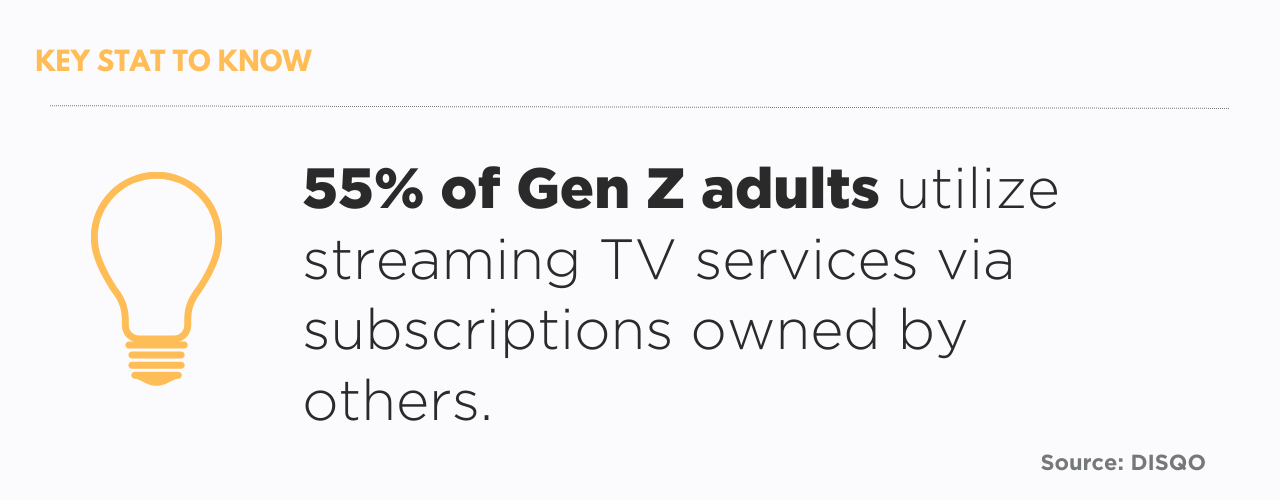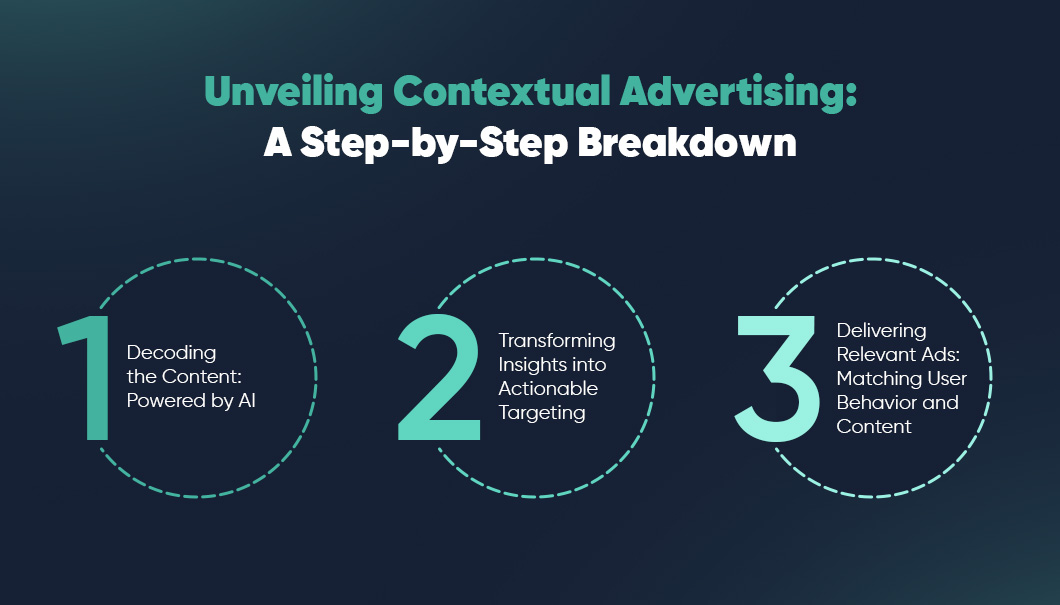Recently, OTT and streaming services have caught everyone's attention. OTT has changed people’s preferences for entertainment and the need for original content. Today, people can stream their favorite shows on the go- anytime, making it the most lucrative option for brands to monetize.
Brands are realizing the impressive value of over-the-top advertising. As per a report, Media and Entertainment spend the most on their consumers, which will rise to USD 903.2 billion by 2027. It leaves a huge opportunity for OTT and streaming service providers to monetize from OTT platforms. But, how do they stand in this stiff competition with various players in the market?
To stand out, brands have adopted innovative advertising strategies that have helped them stand out and monetize in the most optimum way while targeting premium customers.
What are Streaming Ads?
Streaming ads are digital ads that appear directly on your screen while you stream online content. These ads are displayed on any device-
- Smart TVs
- Smartphones
- Tablets
- Desktops
These dynamic and personalized ads have become highly effective because of their targeted to reach active and engaged audiences. Personalizing these ads will target specific demographics and offer personalized ads. A well-planned OTT marketing strategy ensures your ad reaches the right people at the right time.
Different Types of Streaming Ads
|
Type of Streaming Ad |
Description |
Example |
|
Display Ads |
Banner ads are shown on the screen during streaming. |
Side banners on a streaming app interface. |
|
Pre-Roll Ads |
Short ads that play before the main content starts. |
A 15-second ad before a YouTube video. |
|
Mid-Roll Ads |
Ads inserted in the middle of long-form content. |
Commercial break during a movie on Hulu. |
|
Post-Roll Ads |
Ads shown after the content has ended. |
An ad after a podcast episode finishes. |
|
Interactive Ads |
Engaging ads that allow viewers to click, vote, or interact. |
Clickable product ads in a streaming app. |
|
Native Ads |
Ads are designed to blend seamlessly with content. |
Branded content in a YouTube vlog. |
|
Sponsored Content |
Branded content created to resemble regular shows or videos. |
A cooking show sponsored by a kitchen brand. |
|
Audio Ads |
Ads played during audio-only content like music or podcasts. |
Ads in between songs on a music streaming app. |
|
Shoppable Ads |
Interactive ads allow viewers to purchase products directly. |
"Buy now" link during a fashion show stream. |
|
Dynamic Ad Insertion (DAI) |
Real-time ads are inserted based on user data and behavior. |
Personalized ads are shown during live sports. |
But, What Does Marketing for Streaming Services Mean?
Marketing for streaming services is not just about showing ads for new movies or shows. It goes beyond it. With so many streaming platforms available, it is hard to get people engaged. This is why streaming services need to be smart about how they connect with their audience.
- Today, it is not just about promoting content. People expect more than ads, they need engagement and personalized experiences.
- Level up the recommendation game. Suggesting audience similar shows or movies based on their watch history.
- Creating seamless experiences for new subscribers and existing audiences with the same passion. It makes them valued through engaging content.
- Building long-term relationships with audiences. Good marketing does not stop after someone subscribes.
Thus, brands must adopt a unique advertising strategy for their Interactive Video Marketing Platform. As we all witnessed how the landscape of advertising in streaming services is changing rapidly. The question is how brands keep their audience engaged while displaying interactive ads that keep them engaged.
Let’s see some key advertising strategies that work well for top brands.
Top Advertising Strategies in Streaming Services
1. Ad-Supported Streaming Models
Earlier, streaming services were known for their ads-free viewing experience, especially for premium users. However, the ad-supported model offers a lower-price subscription tier with ads. Thus, ad-supported video-on-demand (AVOD) outpaced traditional subscription-based streaming.

Netflix followed the same approach. They introduced an ad-supported plan in 2022, marking a significant shift. It helped them convert a segment of non-paying users into contributing subscribers.By offering a more affordable option, Netflix targets a new audience segment that needs affordable plans. This approach not only expands the customer base but also provides an additional revenue stream for the platform.
2. Contextual Advertising
Brands have adopted contextual advertising over disruptive advertising to make it more relevant. Contextual advertising is privacy-compliant and displays ads based on the user's preferences and viewing behavior, offering a less intrusive viewing experience. The best example- is Google AdSense. 79% of consumers prefer seeing Contextual ads than behavioral ads.
With advanced algorithms and Natural language processing, brands can analyze the content being viewed to understand the context and deliver related ads. Today, leveraging AI and ML, hyper-contextual targeting has the potential to change advertising to provide accurate and effective results for better targeting.

This approach makes ads more relevant. Brands can embed ads within the context of the content the user enjoys to reduce ad fatigue and increase the likelihood of conversions.
3. Interactive and Shoppable Ads
Today, video content is the best way to connect with audiences. Thus, brands are taking video content to another level with video ads to drive direct conversion and sales. 17% of video marketers intend to add interactive videos into their marketing strategy to boost engagement.
For example, platforms like Roku use interactive ads for users, leading them to more information or product purchases. It offers targeted opportunities for advertisers.
Shoppable ads take interactivity a step further by allowing users to purchase directly from the ad. It helps brands close the gap between impressions and conversions. For example, L’Oréal runs livestream shopping ads on YouTube and Instagram to boost sales.

4. Personalized Ad Experiences Through Data Analytics
As per Netflix, around 80% of the viewer’s activity is triggered by personalized algorithmic recommendations. Netflix uses customer data to improve its recommendation system, creating a better user experience. It has helped Netflix to have a leg up with over 90% customer retention rate, surpassing Hulu’s 64% and Amazon Prime’s 75%.
With data analytics, streaming platforms can
- Understand who their relevant audiences are
- Track user behavior, including watch history
- Analyze their viewing behavior
- Enable precise targeting
- Deliver personalized ad experiences
Combined with AI, brands can make data analytics faster and better for more accurate insights.
5. Virtual Ads and Augmented Reality
While AR/VR is a new addition to the advertising landscape, it is experiencing tremendous growth.
- Virtual ads overlay digital ads within live or pre-recorded video content. Brands use virtual ads in their viewing experience, that appear as part of an actual video, creating an immersive experience for users.
- Augmented reality ads allow viewers to engage with the content.
The potential is vast and beyond just advertising. Brands can personalize virtual ads per each viewer’s preferences, while AR could blur the line between entertainment and shopping in revolutionary ways.
These strategies benefit your Interactive Video Marketing Platforms and target specific audiences for better engagement.
Benefits of Advertising Strategies for Streaming Services

- Improved brand awareness and conversions
- Increased retention and ROI
- Obtain insight into your audience
- More advanced targeting
- More efficient revenue streams
- Measurable results
- Advanced analytics
The Future of Streaming Ads
Here are some trends that you will come across while devising innovative advertising strategies in streaming services.
- Hyper personalization
- Interactive ads
- AI-powered creativities
- Privacy measures
The advertising landscape is evolving across industries, especially streaming services. With major players in the market and the rise of ad-free subscriptions and streaming platforms, brands seek innovative ways to engage audiences and outpace competitors.
Streaming platforms and advertisers must balance creativity with user experience. Today, 70% of viewers embrace ads that enhance their experience. As these innovative strategies evolve, we will see a new era of advertising, for better targeting and engagement.







